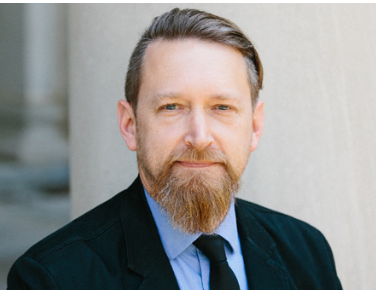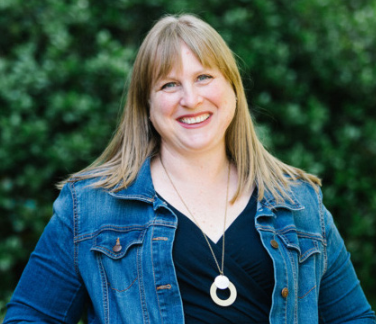by Brian Gibbs and Kristin Papoi
Introduction
“I used to teach a six-week unit on slavery,” a friend of mine, Ms. Jane, 1 told me. “It was the only unit during the entire year in which my students were visible,” she continued. “I didn’t realize,” she confessed, “that I did more damage with that unit than the racism they experienced in the real world.” Tears were streaming from her red eyes down her long cheeks. “I’ve only recently realized… I never taught resistance. In the absence of resistance… all they learned is that their ancestors were oppressed and destroyed.”
Ms. Jane was describing her teaching in a high school in South Central Los Angeles in the mid 1990s. All her students were Black, but the curriculum was decidedly Eurocentric. Feeling pressure to conform to a United States history curriculum that largely provided a narrative of American triumphalism (Epstein, 2009), she attempted to apply a critical lens by expanding a unit on slavery in the American South. The unit, as she told me, was in-depth and brutal. She wanted her students to know the truth in all its unvarnished horror. Ms. Jane felt it was her duty to help students come to understand some of the foundational elements of racial violence in the United States, and slavery was the vehicle for developing that knowledge.

